Seasonal Roofing Tips: Expert Solutions to Safeguard Your Home

As the seasons change, so do the demands on your roof. From scorching summer sun to biting winter chill, your home’s first line of defense faces a multitude of challenges throughout the year. But fear not. Our guide to “Seasonal Roofing Tips: Expert Solutions to Safeguard Your Home” is here to arm you with everything you need to keep your roof in peak condition no matter what Mother Nature throws your way. Whether you’re preparing for heavy snowfall or ensuring proper ventilation during muggy months, our expert insights will help you protect one of your most valuable investments—your home.
The Right Roofing Materials
The type of roofing material you choose directly affects your roof’s ability to protect your home year-round. Materials like asphalt shingles, metal roofing, and tile are popular choices, each offering unique benefits. Metal roofing is highly durable and energy-efficient, while asphalt shingles are more affordable and versatile. If you live in a region with extreme weather, find out more about selecting a material that can withstand local conditions. Investing in high-quality roofing materials will provide long-term protection and enhance your home’s overall resilience.
Regular Roof Inspections and Maintenance
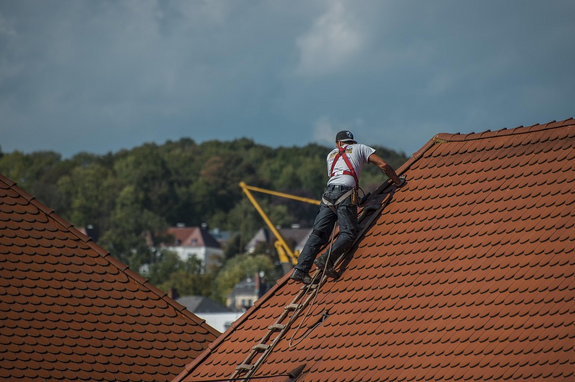
One of the most effective ways to extend the lifespan of your roof is through regular inspections and maintenance. Experts recommend having your roof inspected at least twice a year—ideally in spring and fall. During these inspections, a professional will check for signs of wear, such as damaged shingles, leaks, and clogged gutters. Routine maintenance ensures that minor issues are identified and addressed before they turn into costly repairs, helping your roof to withstand the demands of changing weather.
Insulation and Ventilation for Energy Efficiency
Proper insulation and ventilation are crucial components of a well-performing roof. Inadequate insulation can lead to heat loss in the winter and heat gain in the summer, driving up energy costs. Additionally, poor ventilation can lead to moisture buildup, resulting in mold growth and roof damage. To optimize energy efficiency, ensure your attic is properly insulated and ventilated. Installing ridge vents, soffit vents, and attic fans helps regulate temperature and moisture, allowing your roof to function effectively year-round.
Weatherproofing and Protective Coatings
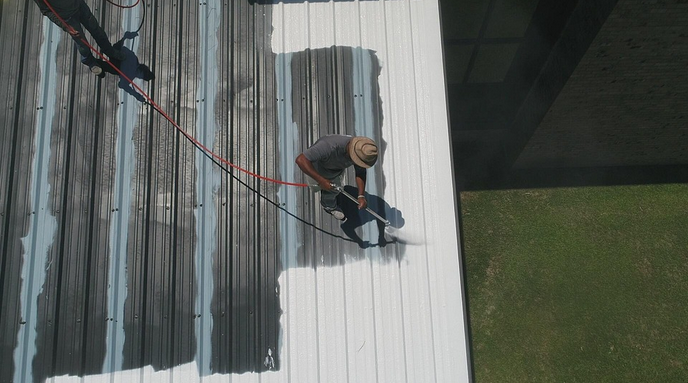
Weatherproofing your roof is an essential step in extending its lifespan and protecting your home from the elements. Protective coatings, such as UV-resistant sealants and reflective roof coatings, can prevent damage caused by sun exposure and extreme temperatures. These coatings also provide an additional layer of protection against water damage, which can lead to leaks and structural issues. Applying the right weatherproofing materials ensures that your roof remains resistant to the wear and tear caused by harsh weather conditions, whether it’s summer heat or winter snow.
Timely Repairs and Upgrades
As your roof ages, it’s important to address any signs of wear promptly. Small issues like cracked shingles or loose flashing can quickly escalate into more significant problems if left unaddressed. Scheduling timely repairs helps prevent water infiltration, which could lead to expensive interior damage. Additionally, upgrading your roof with modern features, such as energy-efficient materials or solar panels, can improve performance and reduce future maintenance needs. Working with a trusted roofing contractor ensures that repairs and upgrades are done efficiently, keeping your roof in top condition for years to come.
Protecting your home with expert roofing solutions is essential for maintaining the structural integrity of your property and ensuring it remains comfortable year-round. By investing in regular inspections, high-quality materials, proper insulation, weatherproofing, and timely repairs, you can safeguard your home against the elements and extend the lifespan of your roof. Taking a proactive approach to roof maintenance will not only prevent costly repairs but also enhance your home’s energy efficiency and overall value.…




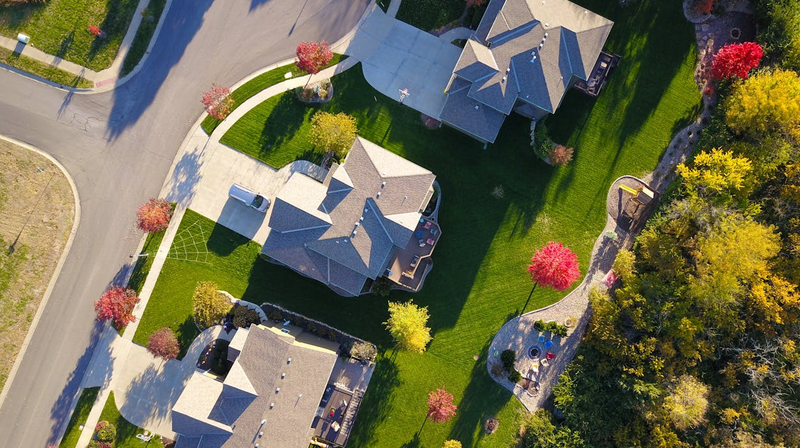
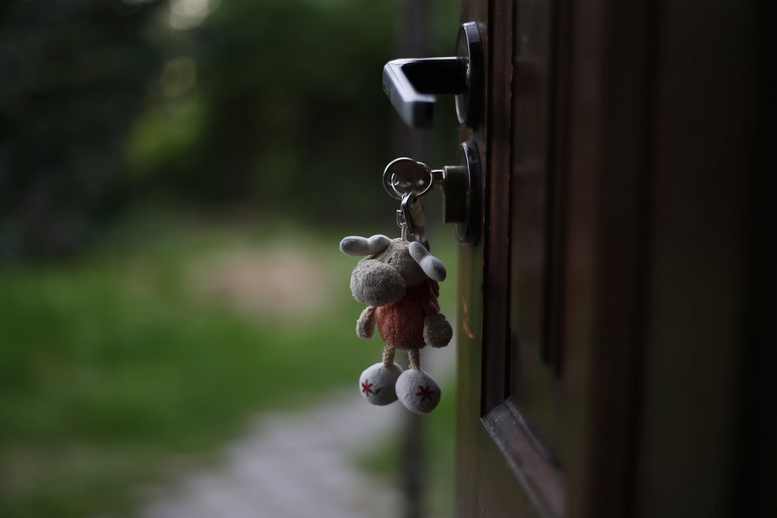

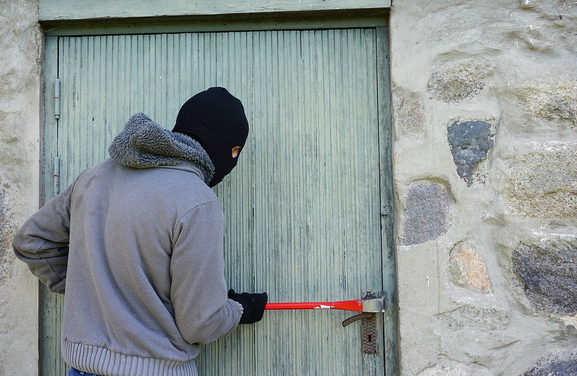
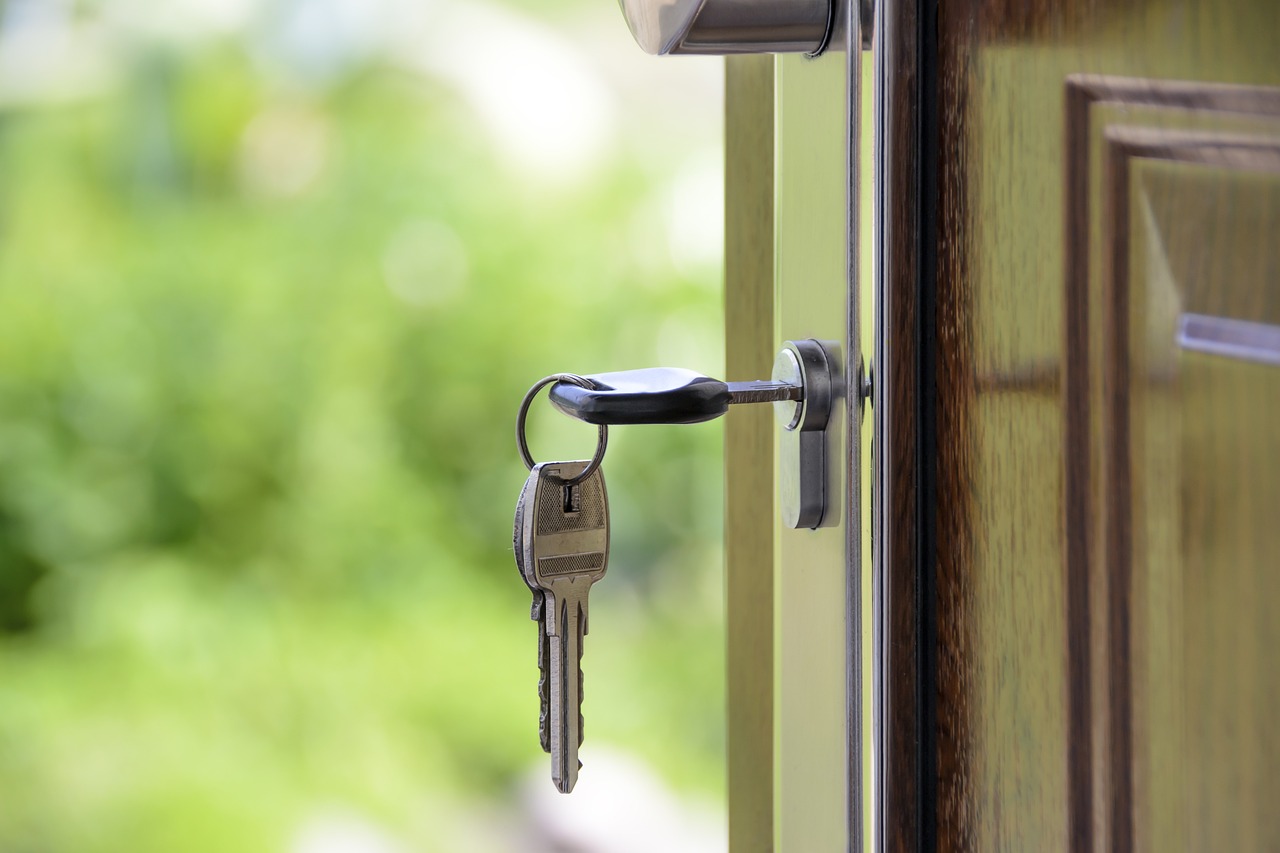
 Effective communication is the cornerstone of a successful landlord-tenant relationship. From the initial rental inquiry to ongoing interactions, prioritize open and clear communication with your landlord. Respond promptly to emails or messages, and inform your landlord of any concerns or issues related to the property.
Effective communication is the cornerstone of a successful landlord-tenant relationship. From the initial rental inquiry to ongoing interactions, prioritize open and clear communication with your landlord. Respond promptly to emails or messages, and inform your landlord of any concerns or issues related to the property. Being a perfect tenant extends beyond your interactions with the landlord—it includes your relationships with neighbors. Be respectful of shared spaces, keep noise levels reasonable, and adhere to any community guidelines or rules.
Being a perfect tenant extends beyond your interactions with the landlord—it includes your relationships with neighbors. Be respectful of shared spaces, keep noise levels reasonable, and adhere to any community guidelines or rules.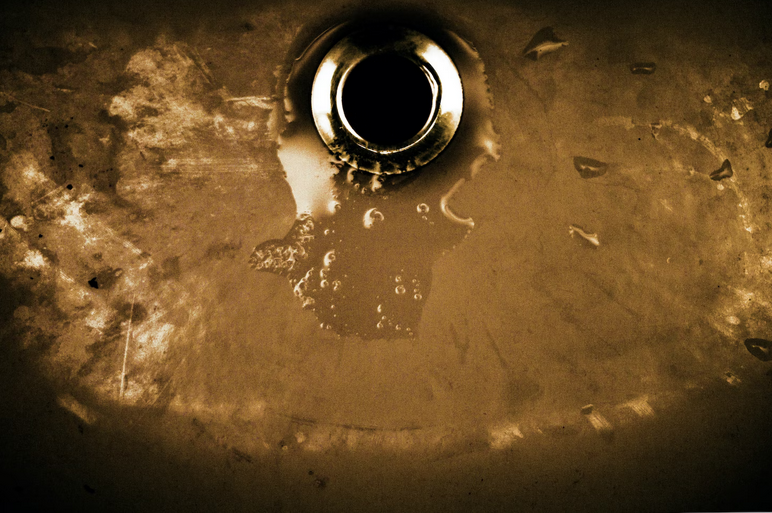
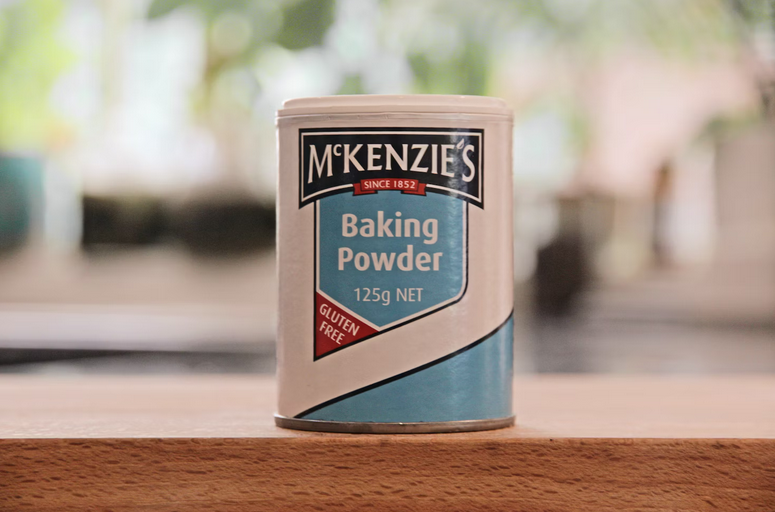
 Salt and baking soda are two common household ingredients that can also be used to unclog drains effectively. To use salt and baking soda:
Salt and baking soda are two common household ingredients that can also be used to unclog drains effectively. To use salt and baking soda:
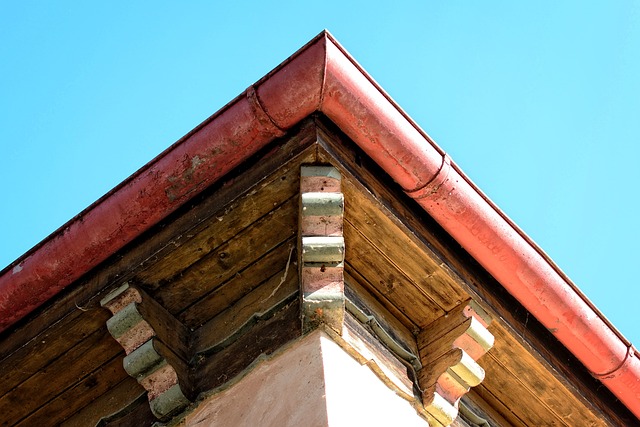


 A knowledgeable agent will be able to provide you with valuable information about the current state of the local real estate market, including trends, prices, and competition. They should also be able to provide insight into the specific neighborhood or area you are interested in, including schools, amenities, and community events. An experienced agent with local market knowledge can help you make informed decisions and negotiate the best deal possible.
A knowledgeable agent will be able to provide you with valuable information about the current state of the local real estate market, including trends, prices, and competition. They should also be able to provide insight into the specific neighborhood or area you are interested in, including schools, amenities, and community events. An experienced agent with local market knowledge can help you make informed decisions and negotiate the best deal possible.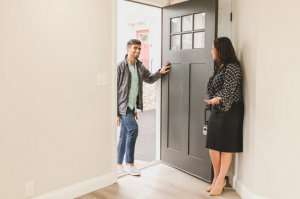 It is important to remember that not all real estate agents are created equal, and choosing the right one can make all the difference in buying or selling your property. Meeting in person allows both parties to get a sense of each other’s communication styles, professionalism, and overall personality. This can help build trust and ensure that you are comfortable working together throughout the entire process. It also allows you to ask any questions you may have and get a better understanding of their experience and expertise in the real estate industry.
It is important to remember that not all real estate agents are created equal, and choosing the right one can make all the difference in buying or selling your property. Meeting in person allows both parties to get a sense of each other’s communication styles, professionalism, and overall personality. This can help build trust and ensure that you are comfortable working together throughout the entire process. It also allows you to ask any questions you may have and get a better understanding of their experience and expertise in the real estate industry.

 If you have a small living room, you might not be able to find a sofa that fits perfectly. But when you buy a new sofa, you can customize it to fit your space. You can choose the perfect size, shape, and style for your home. And if you’re not sure what you want, you can always ask for help from a professional.
If you have a small living room, you might not be able to find a sofa that fits perfectly. But when you buy a new sofa, you can customize it to fit your space. You can choose the perfect size, shape, and style for your home. And if you’re not sure what you want, you can always ask for help from a professional. You can usually return your new sofa if you don’t like it. Most stores will allow you to return the sofa within a certain period of time, and you can usually get a full refund. This is a great way to make sure you’re happy with your purchase. With that being said, there are a few things to keep in mind when you’re shopping for a new sofa. Make sure you take your time and find the perfect one for your home.
You can usually return your new sofa if you don’t like it. Most stores will allow you to return the sofa within a certain period of time, and you can usually get a full refund. This is a great way to make sure you’re happy with your purchase. With that being said, there are a few things to keep in mind when you’re shopping for a new sofa. Make sure you take your time and find the perfect one for your home.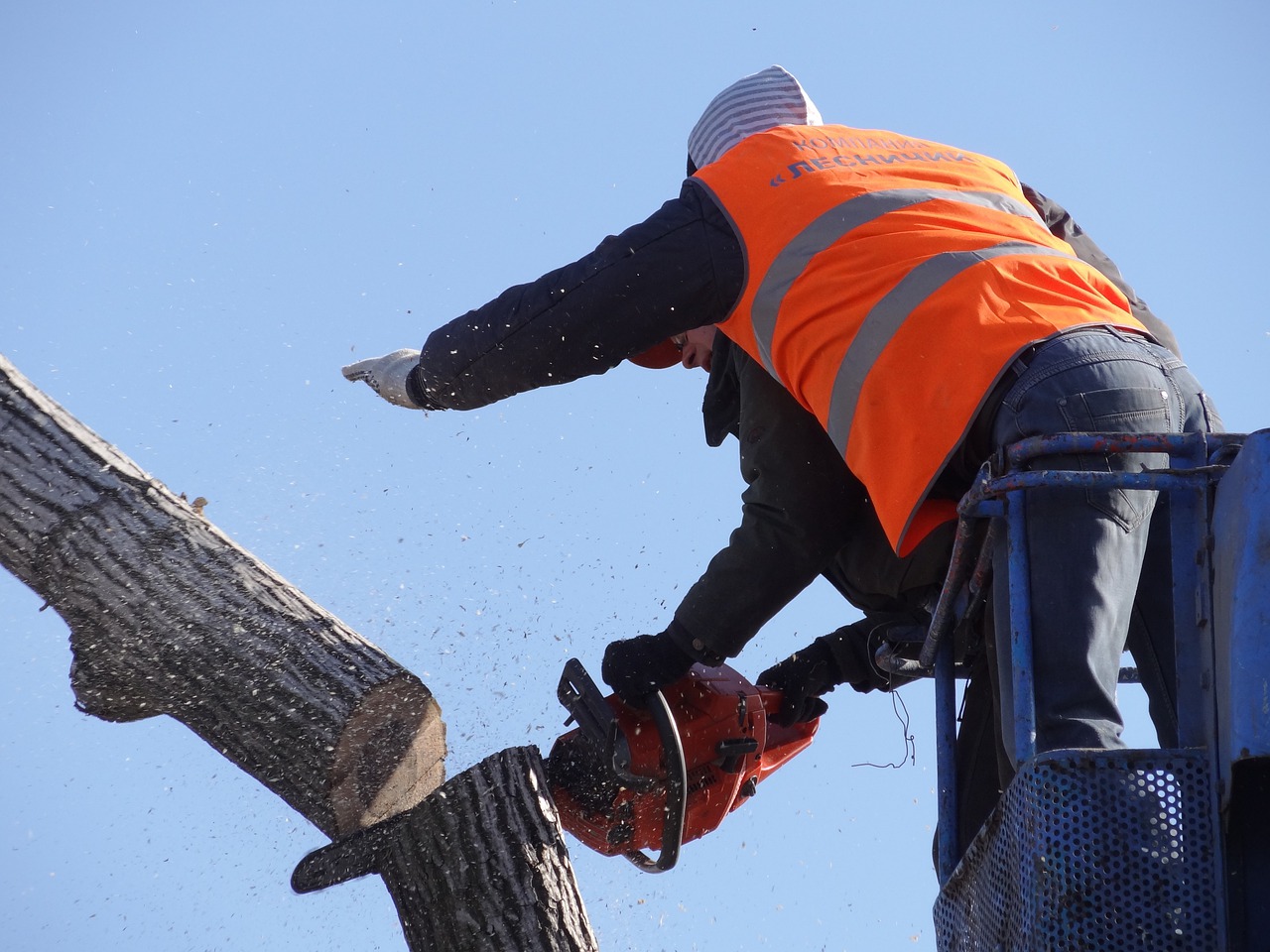
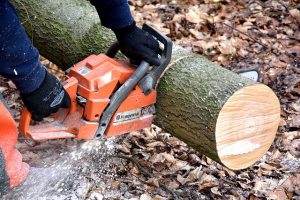 The first tip when trimming trees around your home is to use an electrical pole saw. If you are planning to buy one, you should read the
The first tip when trimming trees around your home is to use an electrical pole saw. If you are planning to buy one, you should read the 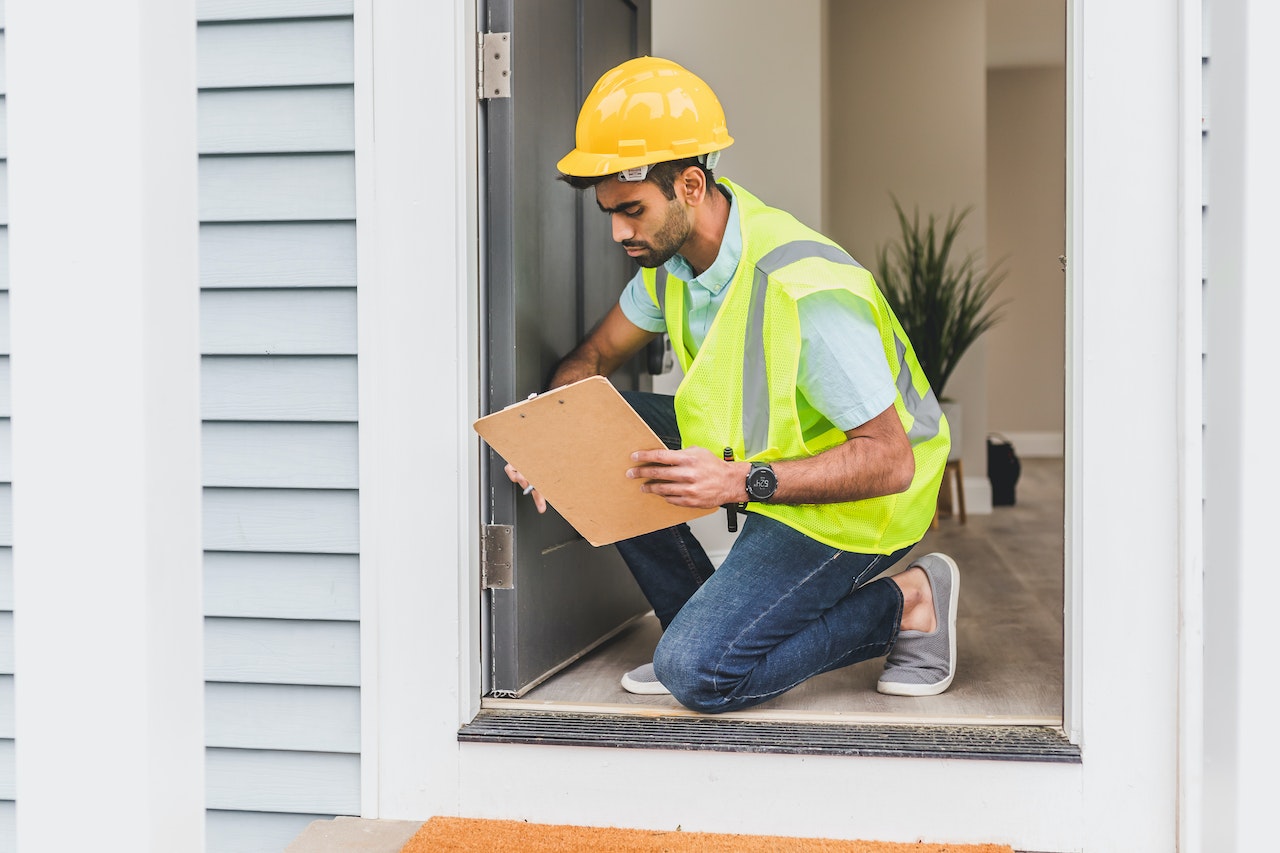
 One of the most common mistakes first-time homebuyers make is assuming that the inspector is an expert to rely on entirely. The inspector’s job is to point out any potential problems with the home. Still, it’s ultimately up to the buyer to decide whether or not to move forward with the purchase. If you’re unsure about something, don’t hesitate to ask questions or get a second opinion. Hiring a plumber to check if the plumbing system works properly is a must instead of relying on your inspector.
One of the most common mistakes first-time homebuyers make is assuming that the inspector is an expert to rely on entirely. The inspector’s job is to point out any potential problems with the home. Still, it’s ultimately up to the buyer to decide whether or not to move forward with the purchase. If you’re unsure about something, don’t hesitate to ask questions or get a second opinion. Hiring a plumber to check if the plumbing system works properly is a must instead of relying on your inspector.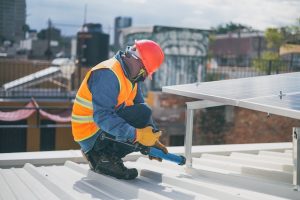 Another mistake first-time homebuyers make is overlooking roofing issues. The
Another mistake first-time homebuyers make is overlooking roofing issues. The 

